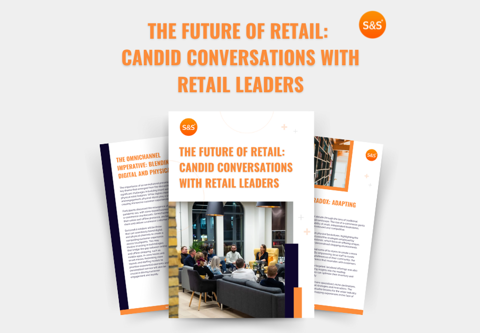The Future of Retail

Here we share some exciting insights from our recent event, Retail Business Models for Today & the Future World. We brought together a group of retail leaders to discuss the current landscape and future trajectories of the industry, and the conversation was truly enlightening.
We’ve captured the key themes and perspectives from the event in an Orange Paper. Some of the topics we explore in the paper include:
- The viability of the marketplace model
- The importance of an omnichannel presence
- The challenges of luxury retail
- The evolving strategies for customer engagement
- The imperative of sustainability and ethical practices
- The potential impact of artificial intelligence on retail operations.
At Sullivan & Stanley, we’ve had the privilege of working with some of the biggest names in retail, including WH Smith, River Island and JD Sports. Our team of experts is dedicated to staying at the forefront of industry trends and helping our clients achieve their goals. Download the paper today and get in touch for more information on how we can help your retail business thrive.